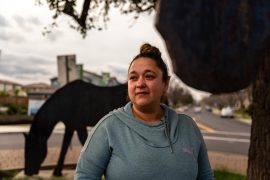Older Doctors Stay On Job Amid Primary Care Shortage
The shortage in primary care doctors is causing older doctors to stay on the job while young ones opt for specialties.
MSNBC reports: "There are not enough general care doctors to meet current needs, let alone the demands of some 46 million uninsured, who threaten to swamp the system. It's a problem growing worse ... where more aging doctors are finding they can't retire. In the U.S., there are at least 4,500 primary care doctors older than 75, according to figures from the Physicians Masterfile database maintained by the American Medical Association. Overall, there are about 270,000 doctors practicing primary care, which includes family, general medicine and internal medicine. As younger doctors increasingly choose the better pay and balanced lifestyle promised by specialty practice, older doctors, especially in poor and rural areas, are working longer, reluctant to abandon their clients - but unable to find new care for them."
"Nearly 50 years ago, half of the doctors in the U.S. were general practitioners. Now, they make up less than a third of the physician workforce, according to studies by the American Academy of Family Physicians ... If current trends continue, the U.S. will be short by about 125,000 family care doctors by 2020, according to Dr. Ted Epperly, president of the AAFP board. He estimated that the U.S. needs between 40 percent and 50 percent more family practice doctors than the nearly 100,000 working now."
MSNBC also highlights the issue of compensation: "The median annual wage for a family physician last year was about $190,000, according to a survey by the American Medical Group Association, a physician search firm. In contrast, a dermatologist earned nearly $345,000 and an orthopedic surgeon earned about $450,000. The difference is driven largely by Medicare-related reimbursement rates, which pay more to doctors who perform specific procedures than to doctors who diagnose and treat general illness" (Aleccia, 6/24).






